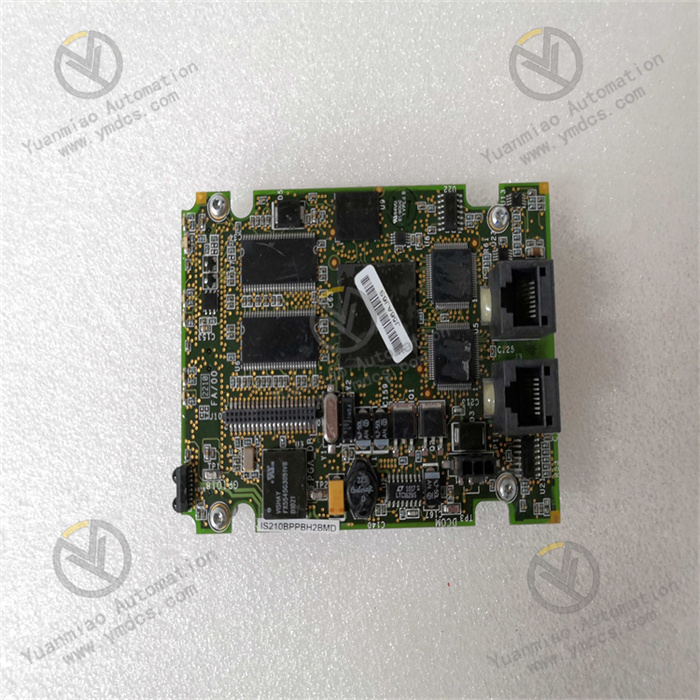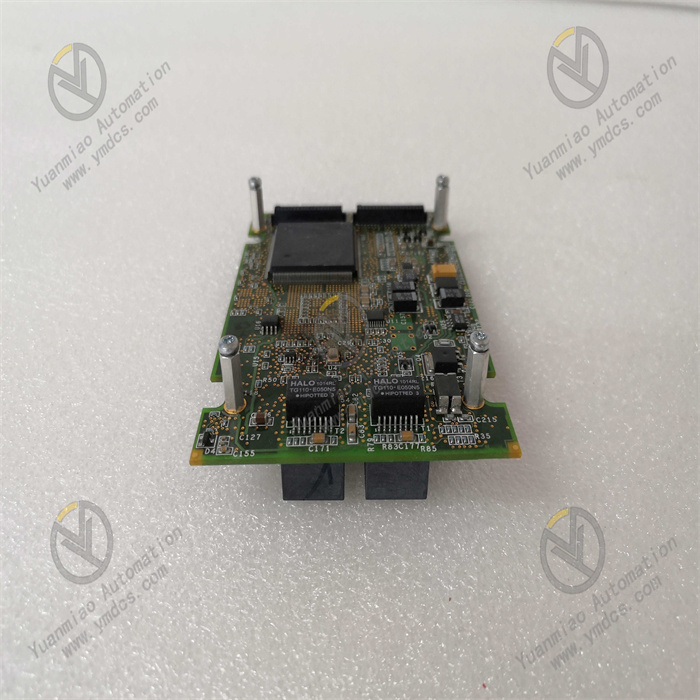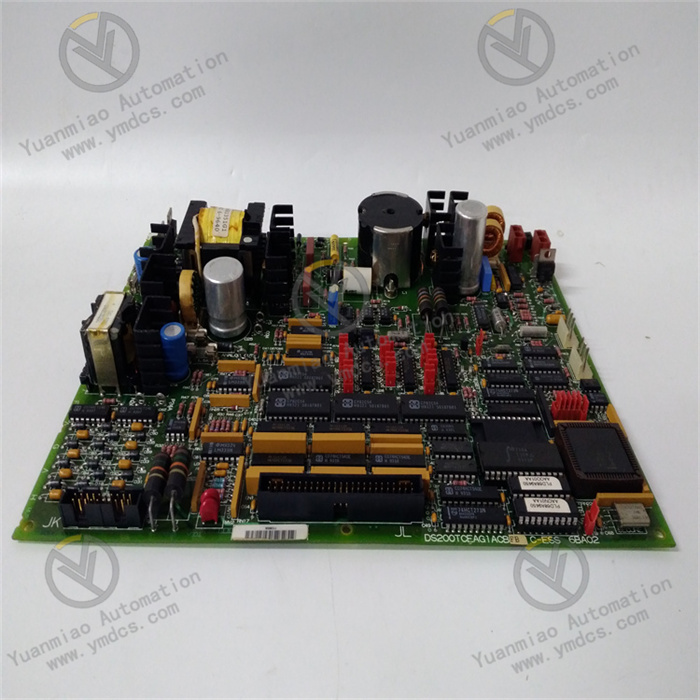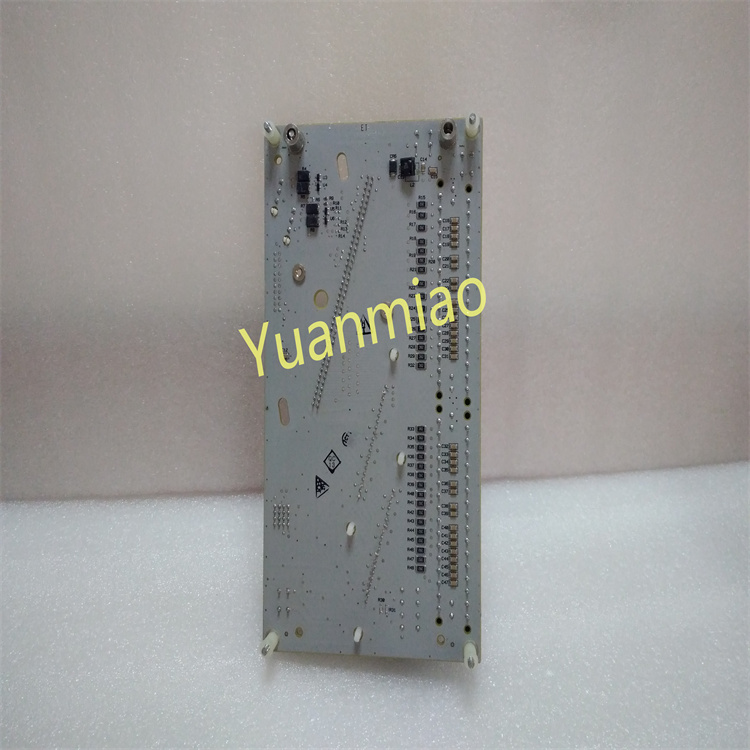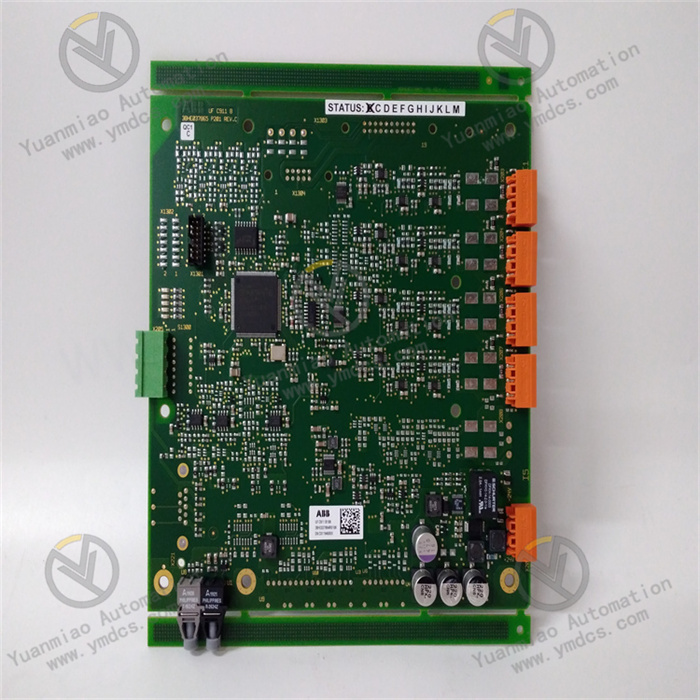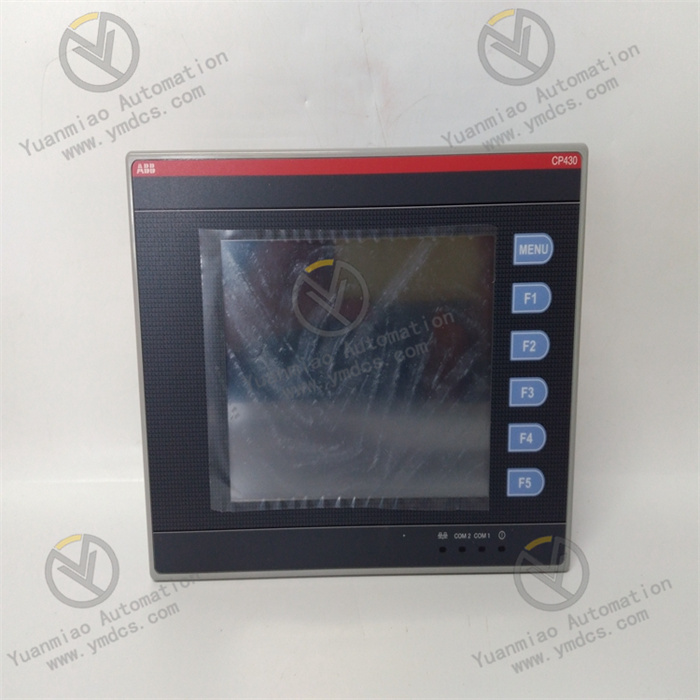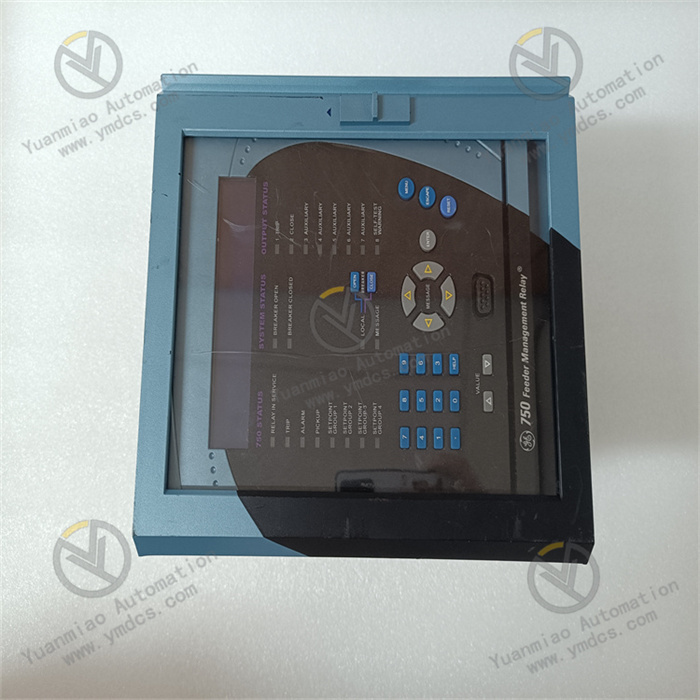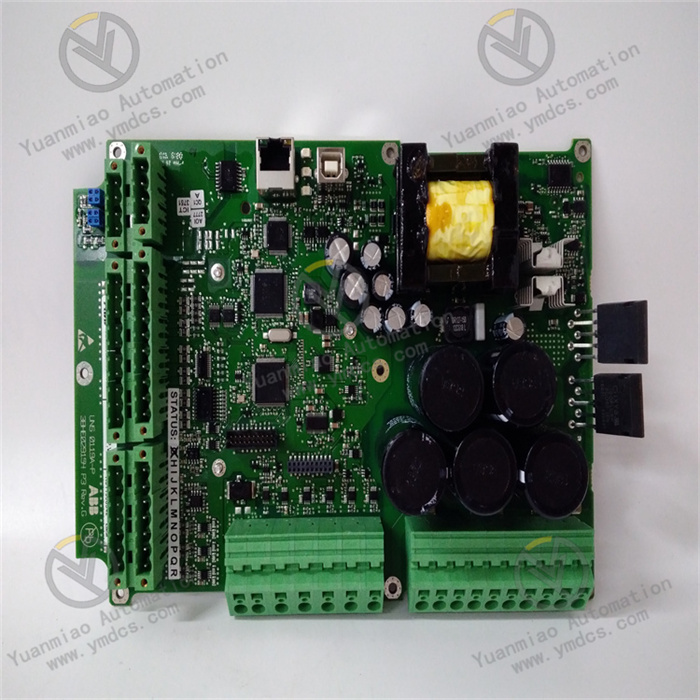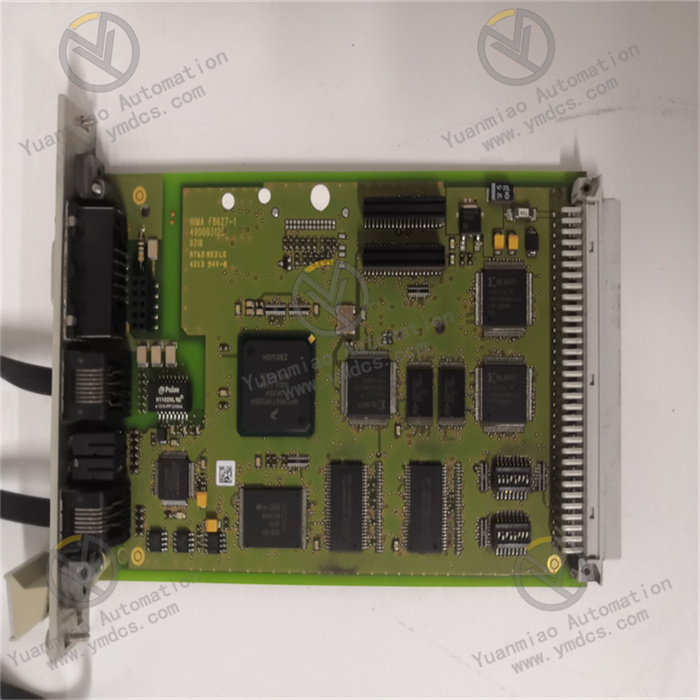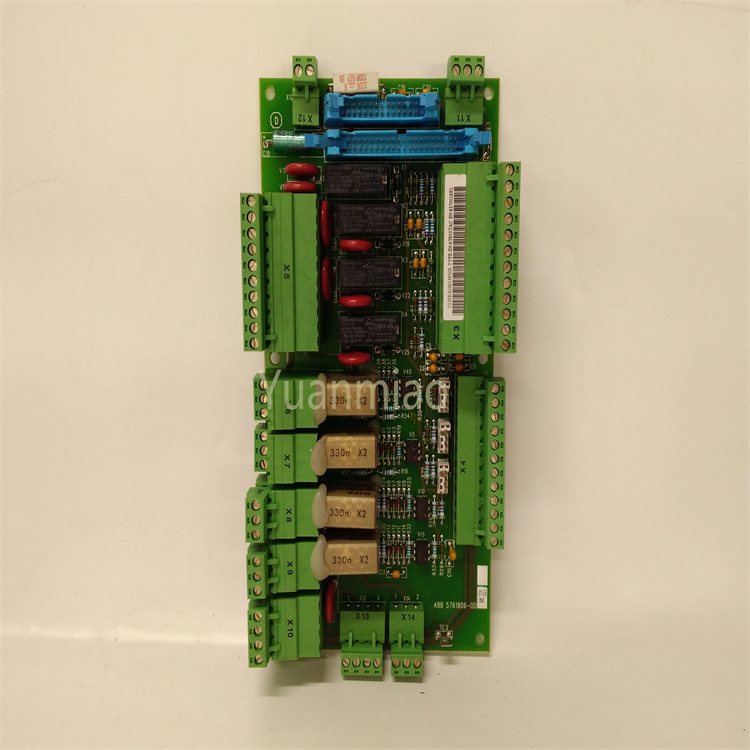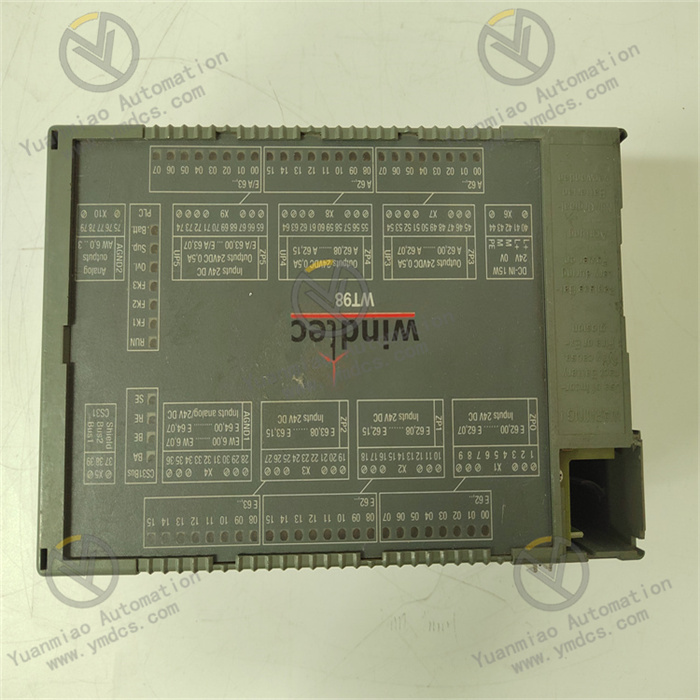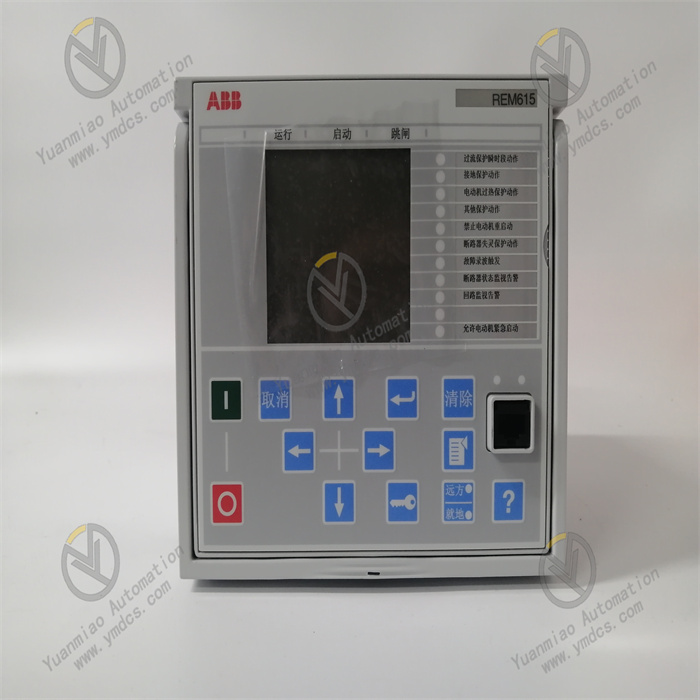Description
GE IS210BPPBH2BMD
I. Overview
The GE IS210BPPBH2BMD is a high-performance digital output terminal board, with its core positioning as the "control command execution and load driving unit for Mark VIe/Mark VIeS series turbine and generator control systems". It mainly serves industries that have extremely high requirements for output signal reliability, load compatibility, and anti-interference capability, including power generation (gas turbine/steam turbine actuator control), petrochemicals (large-scale compressor/pump unit valve driving), and metallurgy (blast furnace fan/rolling mill hydraulic system control). It undertakes the key tasks of "receiving control commands from the main controller, anti-interference processing, and accurately driving on-site actuators".
II. Technical Specifications
(I) Core Output Performance Parameters
Output Channels and Load Capability
- Number of Channels: 16 independent digital output channels (divided into 2 groups, 8 channels per group, supporting group isolation and group control). Groups can independently receive control commands (e.g., Group 1 drives valve actuators, Group 2 drives alarm devices). When one group of channels fails, it does not affect the operation of the other group, improving the system's fault tolerance.
- Output Type: Supports dual modes of relay output + transistor output (switched via hardware jumpers). Relay output is compatible with AC/DC loads (e.g., 220V AC contactors, 24V DC solenoid valves), and transistor output is compatible with DC loads (e.g., 5V DC sensor power control), adapting to diverse on-site actuators.
Load Specifications:
- Relay output: Maximum load of a single channel is 2A/250V AC, 2A/30V DC; contact life is ≥ 1 million times (resistive load), adapting to medium and high-power actuators (e.g., valve driving motors with power of 100W).
- Transistor output: Maximum load of a single channel is 0.5A/30V DC; on-resistance is ≤ 0.1Ω, adapting to low-power DC loads (e.g., 24V DC indicator lights, small solenoid valves).
- Response Time: ≤ 1ms (time from receiving control commands to switching output status). It supports "fail-safe output" (configurable to output "open", "closed", or "maintain current status" in case of faults), avoiding actuator out-of-control when the main controller fails.
Anti-Interference and Signal Processing Parameters
- Isolation Performance: Adopts "three-level electrical isolation (channel-level, group-level, power supply-level)". The isolation voltage between channels is ≥ 500Vrms for 1 minute, between groups is ≥ 1000Vrms for 1 minute, and between power supply and output signals is ≥ 2500Vrms for 1 minute. This effectively blocks ground loop interference (e.g., signal crosstalk caused by ground potential difference between actuators and controllers).
Electromagnetic Interference Resistance: Complies with EN 61000-6-2/EN 61000-6-4 industrial immunity standards. It has electrostatic discharge (ESD) protection of ±15kV (air discharge)/±8kV (contact discharge), radio frequency radiation immunity of 10V/m (80MHz~1GHz), and surge immunity of ±2kV (line-to-line), ±4kV (line-to-ground). In strong interference environments such as high-voltage motors and frequency converters, the output signal misoperation rate is ≤ 10⁻⁹.
- Output Protection: Each channel is built with overcurrent protection (relay output automatically disconnects when overcurrent reaches 2.5A, and manual reset is required after fault elimination; transistor output automatically turns off when overcurrent reaches 0.6A, and resumes automatically after fault elimination) and surge suppression (TVS transient voltage suppressor diode, protection level of ±2kV), preventing the terminal board from being damaged by actuator short circuits or surge voltages.
Transmission and Synchronization Parameters
- Communication Interface: Connected to Mark VIe main controllers (e.g., IS200 series) through GE's dedicated backplane bus. The bus rate is ≥ 100Mbps, and the control command transmission delay is ≤ 1ms (from controller to terminal board). It supports "clock synchronization" with the controller (synchronization error ≤ 10μs), ensuring the time consistency of output commands from multiple terminal boards (e.g., synchronous switching of multiple valves).
Status Feedback: Each channel has a "output status feedback" function (collects output contact status through an independent DI channel), which can real-time transmit the "actual output status" to the controller (e.g., "command is closed, actual is open"), realizing "command-feedback" closed-loop control and timely detection of output faults.
- Status Indication: Each channel is equipped with an independent LED indicator (steady green = output closed, off = output open, blinking = output fault). Group-level fault indicators are provided (steady red = fault in the group of channels), facilitating on-site personnel to quickly judge the output status and fault location.
(II) Physical and Environmental Parameters
Physical Specifications
- Dimensions: 220mm (length) × 150mm (width) × 50mm (height) (19-inch 3U rack-mounted, compatible with Mark VIe standard cabinets). Consistent with the size of input terminal boards in the same series (e.g., IS210AEBIH1BED), it can be mixed and installed in the same cabinet, saving installation space.
Weight: Approximately 0.9kg. The lightweight design supports hot swapping by a single person (replacement time ≤ 2 minutes). When plugging and unplugging, the connection between the terminal board and the backplane bus is automatically disconnected, without affecting the operation of other terminal boards and the control system, reducing equipment downtime.
- Terminal Blocks: Adopts spring-loaded quick-connect terminal blocks (compatible with 1.0mm²~2.5mm² wires). Output terminals and feedback terminals are arranged in separate zones (e.g., "OUT1" corresponds to "FB1") with clear labels (e.g., "RELAY OUT", "TRANSISTOR OUT") to avoid wiring errors. Relay output terminals are equipped with arc suppressors to reduce arc damage when contacts are disconnected.
Environmental Adaptability
- Operating Temperature: -40℃~+70℃, meeting the operation requirements of extremely cold areas (e.g., outdoor substations in Northeast China) and high-temperature workshops (e.g., near rolling mills in metallurgical plants). No preheating is required for low-temperature startup (-40℃), and the startup time is ≤ 30s. Within the full temperature range of -40℃~+70℃, the fluctuation of output contact resistance is ≤ 10mΩ.
- Humidity: 5%~95% (non-condensing, complying with IEC 60068-2-3 standard). In coastal high-humidity and high-salt-fog environments (e.g., offshore wind power platforms), the circuit board is coated with nano-scale three-proof paint (waterproof, dustproof, anti-corrosive), and relay contacts are made of silver alloy (with strong anti-corrosion capability), ensuring no poor contact or contact adhesion.
Protection Level: IP20 (installed inside the cabinet), compatible with industrial control cabinets with IP54 protection level. It can effectively prevent dust and slight moisture intrusion, adapting to complex environments of industrial sites.
- Vibration and Shock Resistance: Vibration resistance level of 10g (10Hz~2000Hz, complying with IEC 60068-2-6), capable of withstanding continuous vibration during the operation of turbines and compressors (vibration acceleration ≤ 10g); shock resistance level of 20g (11ms pulse, complying with IEC 60068-2-27), capable of withstanding instantaneous shocks during equipment handling and maintenance, avoiding loosening of internal relays and terminals.
(III) Power Supply and Reliability Parameters
- Power Supply Requirements: Adopts dual-channel redundant power input (24V DC, terminals marked "PWR1+", "PWR1-", "PWR2+", "PWR2-"). The input current of a single power channel is ≤ 250mA (when relay output is fully configured), and the power consumption is ≤ 6W. The dual power supplies automatically achieve load balancing; when one power supply fails (e.g., power failure, abnormal voltage), the other takes over seamlessly within ≤ 100μs, ensuring continuous output of the terminal board and no risk of control command interruption.
Reliability Indicators: Mean Time Between Failures (MTBF) ≥ 500,000 hours (Telcordia SR-332 standard, at 25℃), design life ≥ 15 years. Key components (e.g., relays, transistors, TVS diodes) are selected with industrial-grade wide-temperature specifications (operating temperature: -40℃~+125℃). Relay contacts are made of silver alloy (wear-resistant and arc-resistant), extending the service life.
Fault Diagnosis: Built-in "three-level diagnosis function (channel-group-power supply)", capable of detecting more than 12 fault types such as "channel overcurrent", "relay contact adhesion", "transistor breakdown", "power supply overvoltage/undervoltage", and "bus communication interruption". The diagnosis coverage rate is ≥ 98%, and the fault detection time is ≤ 100μs. Fault information is uploaded to the main controller through the backplane bus (e.g., "F03=OUT5 channel overcurrent", "F06=Group1 relay contact adhesion") and triggers the corresponding indicator alarm, facilitating quick fault location and handling.
III. Functional Features
(I) High Load Driving and Flexible Adaptation, Meeting Diverse Control Needs
Dual-Mode Output and Wide Load Compatibility
Dual Protection Against Overcurrent and Surge, Ensuring Equipment Safety
Fail-Safe Output, Improving System Reliability
(II) Strong Anti-Interference and Stable Operation, Reducing Operation and Maintenance Costs
Three-Level Isolation and Anti-Interference Design, Resisting Complex Environments
Wide-Temperature and Anti-Corrosion Design with High-Reliability Components, Adapting to Extreme Scenarios
Status Feedback and Closed-Loop Control, Timely Detecting Faults
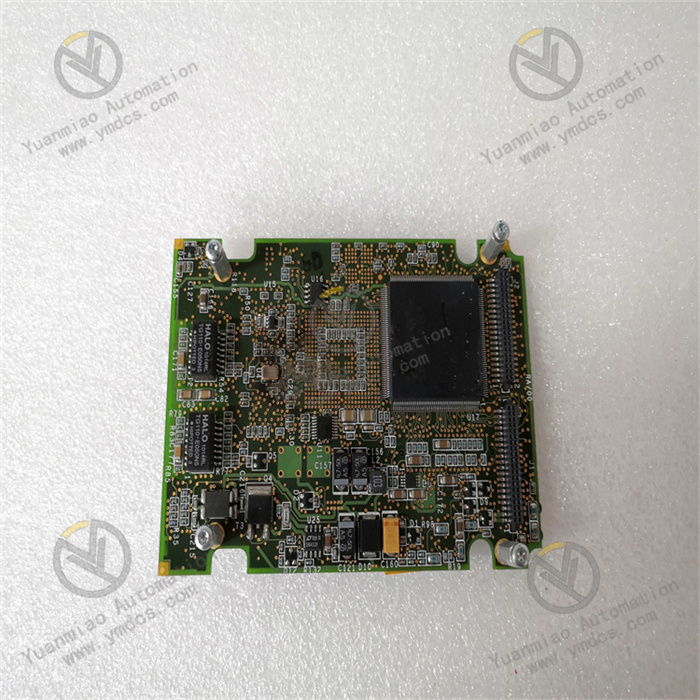
(III) In-Depth Adaptation and Convenient Management, Optimizing System Integration
Seamless Compatibility with Mark VIe Systems, Reducing Integration Difficulty
Group Control and Visual Indication, Simplifying Troubleshooting
Hot Swapping and Remote Operation & Maintenance, Improving Management Efficiency


